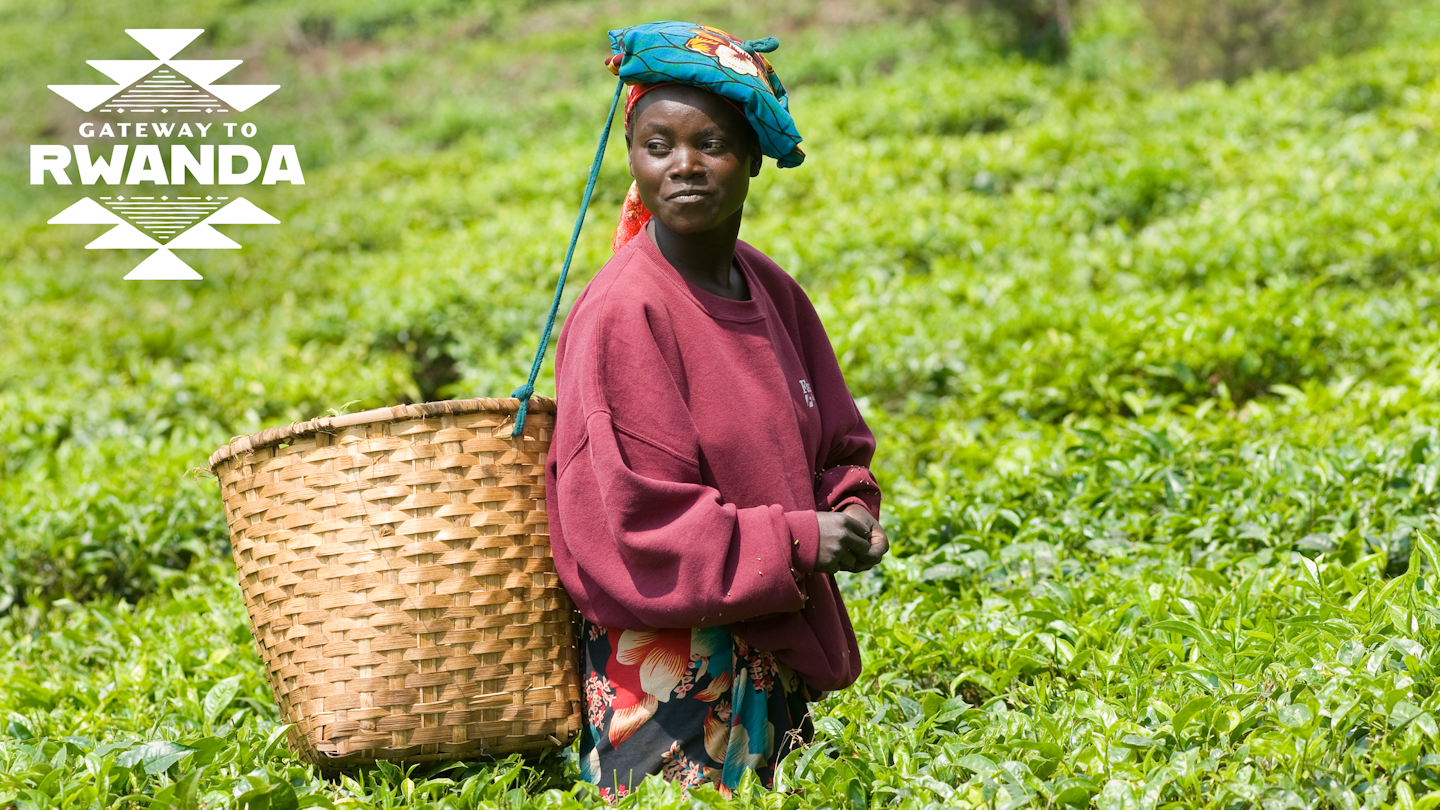Exploring the Resilience and Culture of Rwanda
The ‘Land of a Thousand Hills,’ as the East-African nation of Rwanda is often referred to, can also be called the land of a thousand hopes. Traveling here is awe-inspiring: Rwanda’s story is one of ambition, resiliency, and astounding regeneration in the face of tragedy.
From the catastrophe of the 1994 Civil War and the Genocide Against the Tutsi that followed, Rwanda, three decades on, is one of the continent’s cleanest, safest, and economically advanced countries. It has been notable for healing ethnic divides, reversing poaching trends, and building a roadmap for sustainable development that other nations aim to follow.
Remembering and Recovering
After the Genocide Against the Tutsi, Rwanda had to build its country back from nothing. The Rwanda Development Board was created in 2009 to oversee the country’s efforts to boost tourism, environmental conservation, foreign investment, and broader economic development. The upside to building from scratch was the ability to take risks on ambitious initiatives.
On a quiet, tree-lined street in Gisozi just outside of central Kigali, the mood is solemn and contemplative. A sign on the wall reads: “We can all be champions of humanity by standing against division wherever we live.” This is the Kigali Genocide Memorial, a museum that records and narrates, in brutal detail, the history of the genocide against the Tutsi in Rwanda and other genocides around the world. More than 250,000 people are buried on the grounds of the museum; survivors have been coming here to heal for years.
The practice of gacaca, a system of traditional community courts that already existed in Rwandan culture to settle local disputes, played a crucial role in this healing process. For more than ten years, gacaca courts gathered weekly in villages across the country, giving communities the chance to face the accused, recounting what had been done to them, and how it happened. While not perfect, gacaca continues to be one of the most comprehensive and large-scale programs of post-conflict justice in the world, serving as a platform for truth-telling, justice, and ultimately, reconciliation.
Umuganda and Rwandan Royalty
A short drive from Gisozi to Butare provides more insights into Rwandan culture. The Ethnographic Museum, one of Africa’s most prestigious collections, showcases the traditions of pre-colonial life in Rwanda.
It explains the concept of umuganda, translated from Kinyarwanda as “coming together in common purpose to achieve an outcome.” Umuganda is the process of asking for help from family, friends, and neighbors to accomplish a difficult task. It was reintroduced into Rwandan society after the 1994 genocide in an effort to rebuild the country.
Today, umuganda is a scheduled day on the calendar, taking place on the last Saturday of each month, and visitors are welcome to participate. On this day, entire communities come together to perform volunteer work such as cleaning streets, repairing public structures, and building houses for those in need.
Meanwhile, the King’s Palace Museum outside of Kigali offers an opportunity to travel back to the times of Rwandan royalty, where visitors can see reconstructions of traditional royal residences, learn about the majestic Inyambo, the long-horned cattle bred specifically for royal ceremonies, and witness some of these cows perform their historic duties.
From Poaching to Protecting
Volcanoes National Park in northwest Rwanda hugs the slopes of the Virunga massif, a chain of eight colossal volcanoes that spans across Rwanda, Uganda, and the Democratic Republic of Congo. This national park is home to the endangered mountain gorillas – Rwanda is widely recognized for its silverbacks, and for good reason: according to wildlife authorities, it is the only great ape species in the world experiencing a population rise.
While the numbers are rebounding today, the gorilla conservancy project at Volcanoes National Park could have ended differently were it not for the Gorilla Guardians Village that put former poachers on a new path.
With local community support, the Gorilla Guardians Village project started employing former poachers in 2004, initiating a significant transformation. Visitors of the Volcanoes National Park can immerse themselves in Rwandan traditional dance, food, crafts, and tales from people who have become the guardians of the animals they once hunted.
“Before I started to play for the Gorilla Guardians Village, I was a hunter,” shares Kabatsi Felicien, a former poacher now turned musician. “Today, I am here protecting the forest and sharing the stories of our traditional music with tourists from around the world.”
Kigali’s Vibrant Arts Scene
Back in Kigali, another inspiring story unfolds at the Nyamirambo Women’s Center. This non-profit project was initiated by a handful of women in Nyamirambo, one of Kigali’s oldest neighborhoods, in 2007. The center was established to address gender-based violence, inequality, and discrimination while empowering local women. Today, it has grown into a self-sustaining organization offering artisan goods made with traditional kitenge fabric, walking tours, and cooking classes.
“Art is key to the development of this city,” emphasizes Emmanuel Nkuranga, a self-taught painter and co-founder of the Inema Arts Center, a vibrant creative hub that provides opportunities for emerging Rwandan artists. Nkuranga and his brother’s leadership in the arts scene has expanded to include Choose Kigali, showcasing a broader array of contemporary African art and unique artist-led experiences including interactive creativity days.
Niyo Arts Center & Café, founded by another Rwandan artist, hosts multiple resident artists and regularly exhibits contemporary African art, music, and dance performances. A portion of profits goes to the Niyo Foundation, which is committed to uplifting women and children out of poverty.
“When you hear about Rwanda, you often hear about our history of the genocide,” notes Nkuranga, “But once you come here, you see color, beauty, and discover that Rwanda is much more than what you read on the news.”





